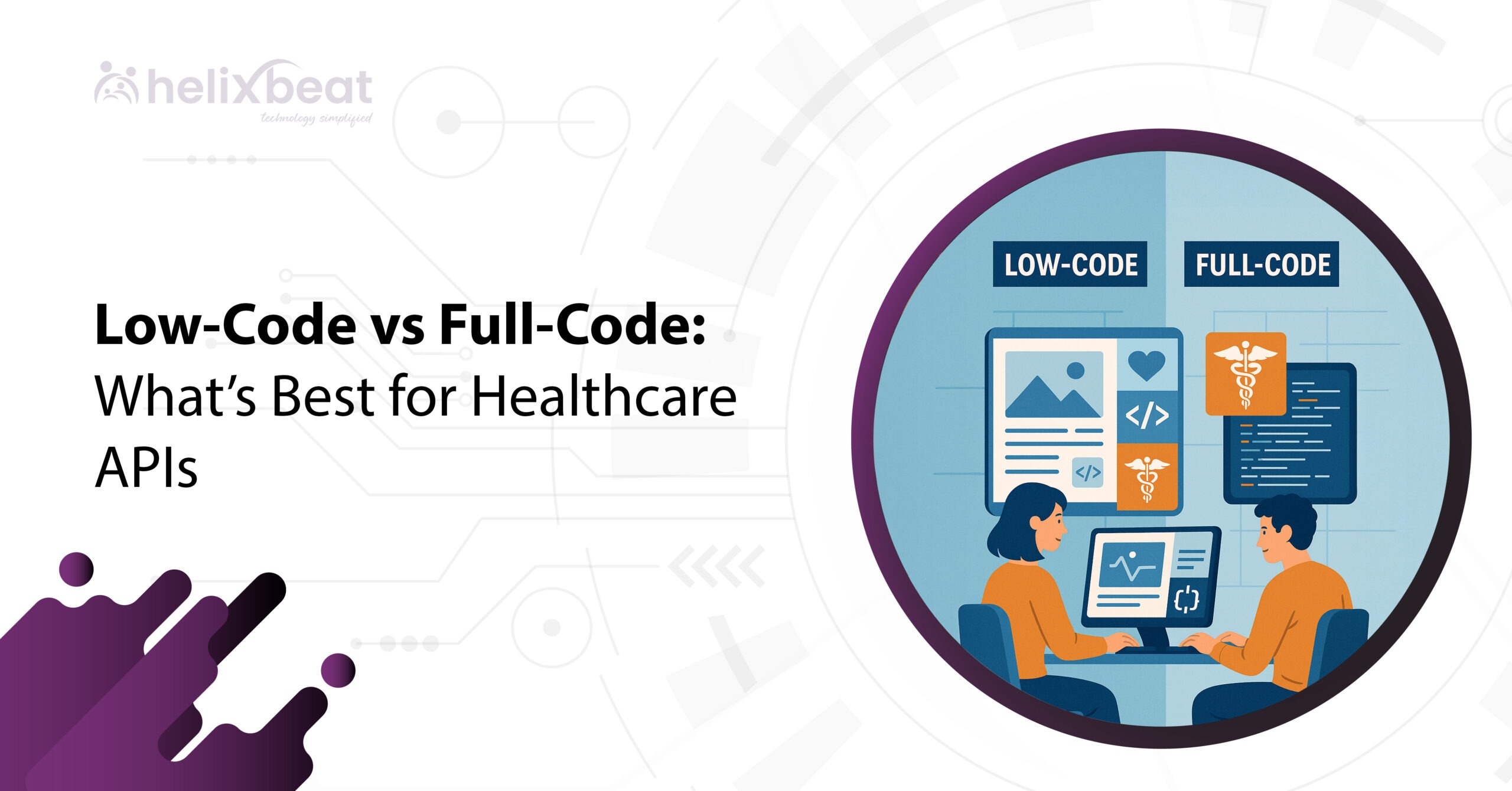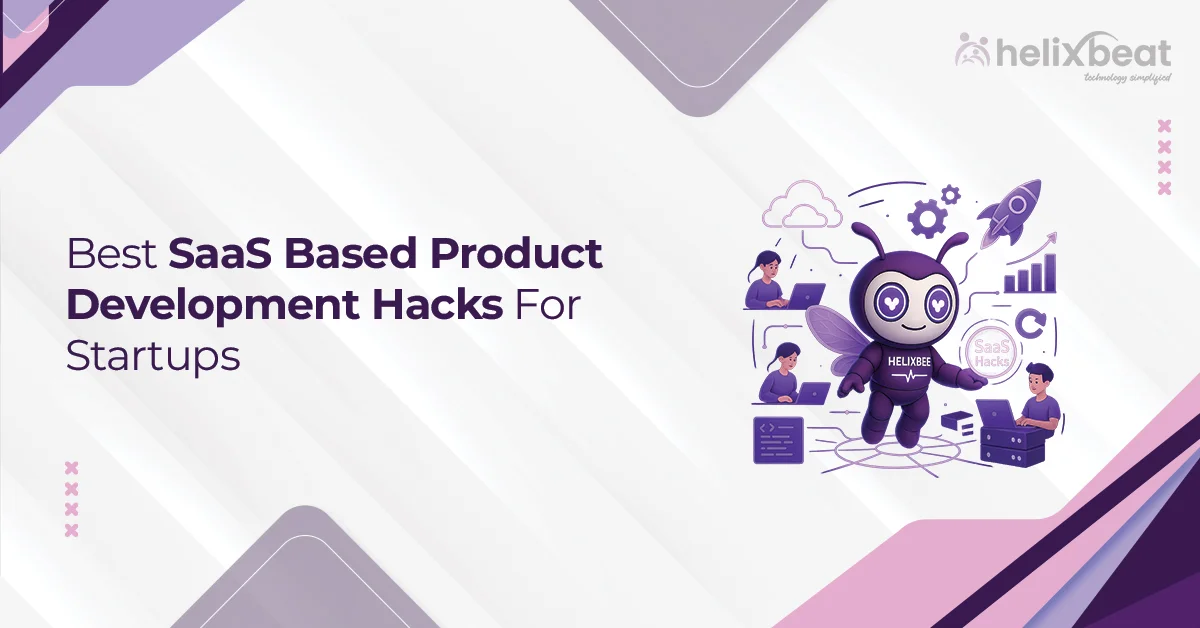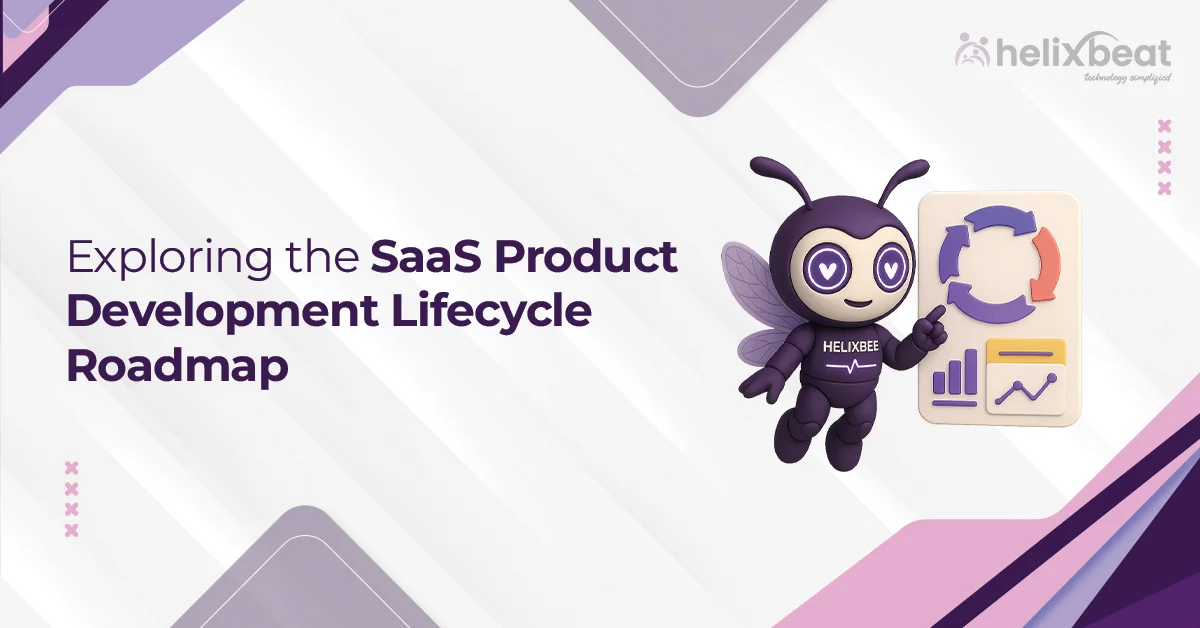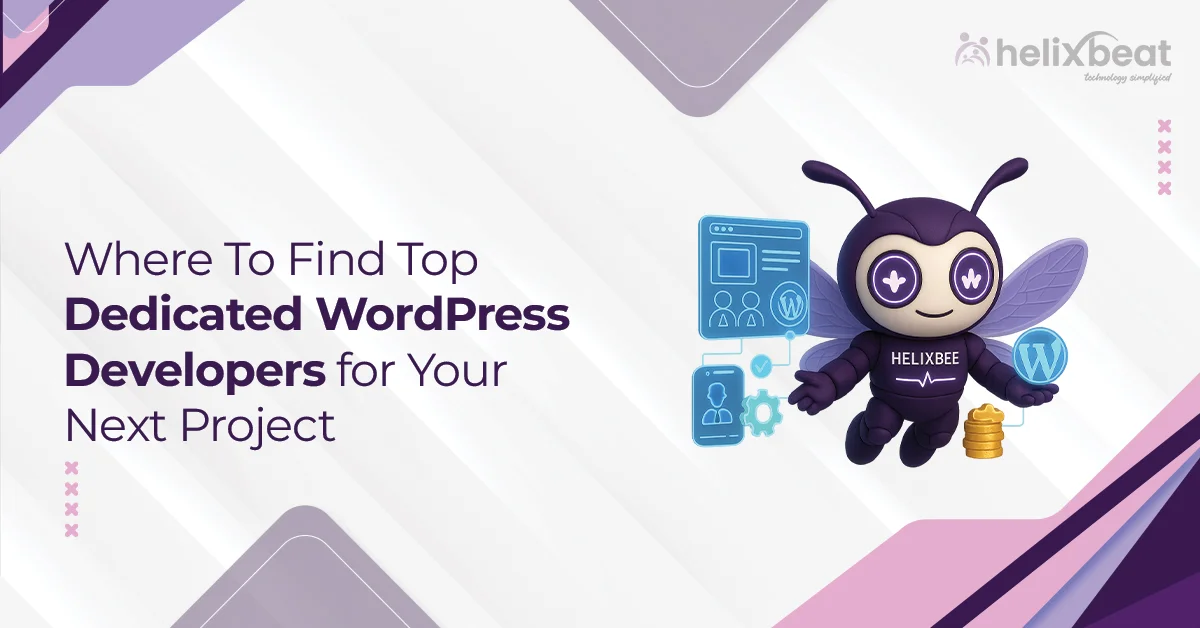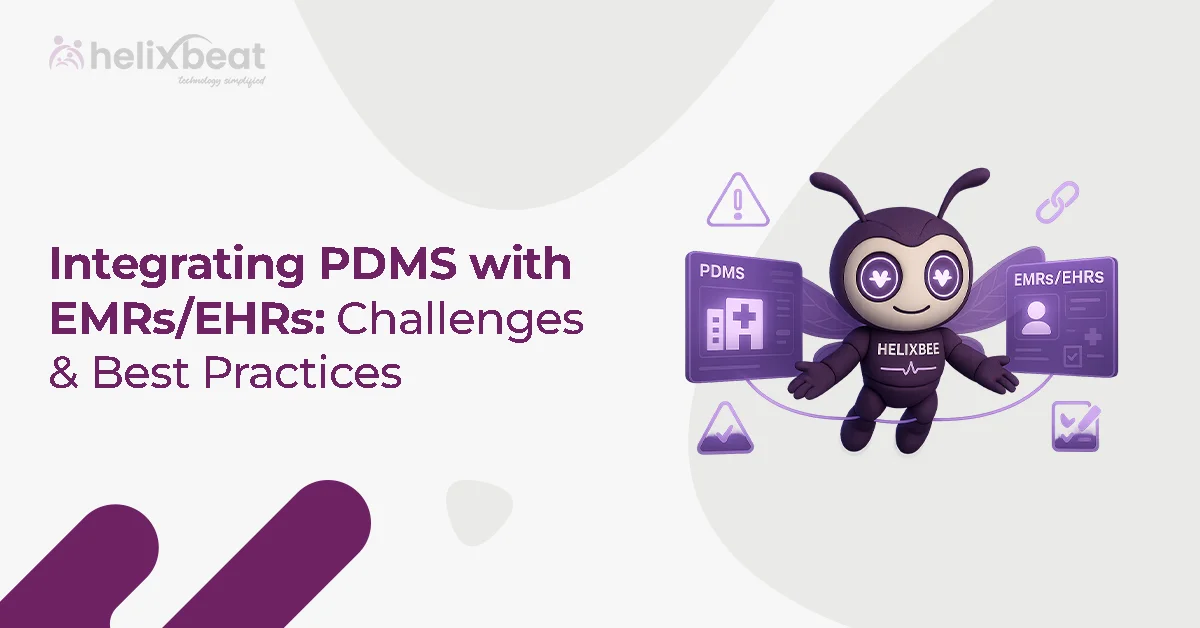How can the choice between low-code and full-code healthcare development impact the success of your project? The decision to choose between low-code vs full-code healthcare platforms is crucial for healthcare organizations seeking to build robust, scalable, and secure healthcare applications. However, full-code healthcare solutions offer higher customization and flexibility, making them essential for more complex requirements.
In this blog, we will explore the pros and cons of low-code vs full-code healthcare development, helping you determine which is best for your healthcare API needs. Let’s explore the key differences and understand what makes each option suitable for various use cases in the healthcare sector.

Table of Contents
What Is Low-Code No-Code for Healthcare?
Low-code and no-code platforms enable individuals to create applications with minimal to no programming knowledge. These tools use simple visual designs, drag-and-drop features, and ready-made templates. This makes it easy to quickly build healthcare applications without needing deep coding skills.
For healthcare organizations, these platforms offer a rapid way to develop tools for managing patient data, scheduling appointments, and delivering telemedicine services.
Low-Code vs Full-Code Healthcare Development: Key Differences
Below, we break down the key differences between low-code vs full-code healthcare development:
| Aspect | Low-Code Healthcare Development | Full-Code Healthcare Development |
| Speed of Development | Faster time-to-market with drag-and-drop features. Ideal for quickly building applications with minimal coding. | Slower development requires more coding and manual input. Suitable for complex applications requiring custom development. |
| Customization | Limited customization; best for standard use cases and pre-built templates. Best for rapid deployment of simple healthcare apps. | Highly customizable to meet specific healthcare needs. Offers complete control over features and design. |
| Developer Expertise | No coding experience required; accessible for non-technical users. Suitable for teams with limited technical expertise. | Requires skilled developers with expertise in coding and complex frameworks. Best suited for organizations with in-house development teams. |
| Integration | Can integrate with existing systems but may have limitations for complex integrations. Quick integration with common APIs. | Easier to integrate with complex healthcare systems and data sources. Provides deep integration capabilities for EHRs, EMRs, and other advanced systems. |
| Flexibility & Scalability | Less flexible for changes; scaling can be limited due to predefined components. Ideal for applications with clear, well-defined scopes. | Fully flexible and scalable, ideal for building large, long-term solutions. Best for applications that require ongoing growth and adaptability. |
| Cost | Lower cost due to faster development and reduced need for skilled developers. Ideal for startups and small healthcare organizations looking for quick solutions. | Higher development and maintenance costs due to specialized skill requirements. Best for large organizations with bigger budgets and complex requirements. |
Benefits of Low-Code Platforms in HealthTech
Low-code platforms enable scalable solutions that grow in line with the healthcare organization’s evolving needs. Here’s how they support scalability:
- Maintenance and Upkeep
- Low-code platforms make it easy to update applications, add new features, or adjust existing functionality with minimal disruption to the users.
- With low-code platforms, developers can manage and maintain applications from a single interface, ensuring consistency and reducing the chances of errors.
- Empowering Non-Technical Users
- Healthcare administrators or other non-technical stakeholders can build and modify applications without needing deep technical knowledge.
- Non-technical users can quickly implement changes or tweaks without relying on the IT team, leading to faster responses to business needs.
When Not to Use Low-Code Platforms
Here are some key situations where low code might not be the best option:
- Complex Customization Needs
- If your healthcare solution requires highly specialized workflows, integrations, or advanced customization (for example, unique patient data management requirements), low-code platforms may not meet these demands.
- If your project requires complete control over security protocols, auditing, and compliance configurations, a full-code solution may be more suitable for effectively meeting these standards.
- Integration with Legacy Systems
- If your healthcare application needs to interface with existing legacy systems that use proprietary or outdated technologies, full-code development will offer the flexibility required for seamless integration.
- Scalability Concerns
- If your healthcare application is expected to handle large volumes of patient data, transactions, or simultaneous users, a full-code solution will provide the necessary scalability to ensure optimal performance as demands increase.
- Long-Term Maintenance and Updates
- If your application requires ongoing, highly specialized updates or changes that exceed what the low-code platform can offer, you may face restrictions when it comes time to update or maintain the system.
GENIUS API Builder: A Low-Code Solution for Healthcare
GENIUS API Builder streamlines healthcare API development by providing a low-code platform that accelerates the creation and integration of healthcare solutions. Helixbeat GENIUS is one of the best platforms to use a product like GENIUS.
This is particularly beneficial in healthcare, where systems must communicate seamlessly to facilitate efficient data exchange. The platform supports FHIR standards for interoperability, ensuring that patient data flows smoothly across different healthcare systems and aligns with industry security standards, such as HIPAA and GDPR.
Key features of GENIUS include:
- Pre-Built Healthcare API Templates for fast customization
- Real-Time Data Exchange to enable up-to-date patient data access
- Scalable Solutions to adapt as healthcare organizations grow
- Enhanced Security with data encryption and compliance with regulations
In Summary
When choosing between low-code and full-code development for healthcare, it’s important to consider your organization’s specific needs. Low-code platforms enable rapid development, allowing teams to quickly create and manage applications without extensive coding skills, making them ideal for simpler projects. In contrast, full-code solutions offer greater flexibility and customization for large, complex applications requiring unique features and integrations.
Ultimately, your choice should depend on the project’s scale and scope. For organizations looking to streamline development and adapt quickly, low-code options like GENIUS provide a scalable solution. Choosing the right approach can significantly affect your development timeline and healthcare delivery.
Ready to Simplify Healthcare API Development? Try GENIUS Today!
FAQs
- What are low-code no-code platforms for healthcare?
Low-code and no-code platforms for healthcare allow users to build and deploy applications with minimal coding. These platforms simplify healthcare app development, enabling faster, more efficient solutions without deep technical expertise.
- Is low-code better than no-code?
It depends on the project. Low-code platforms offer more customization and flexibility, allowing for more complex apps. No-code platforms are simpler, ideal for non-developers to build basic applications quickly without any coding knowledge.
- When not using low code?
Low code may not be ideal for highly complex, customized applications or when deep integrations with legacy systems are required. It’s best avoided for large-scale, intricate healthcare solutions that demand a high level of flexibility and control.
- What is the future of low code?
The future of no-code and low-code platforms is promising, with advancements in AI and automation. These platforms will continue to evolve, enabling faster, more scalable healthcare app development, reducing costs, and empowering non-technical teams to innovate.



